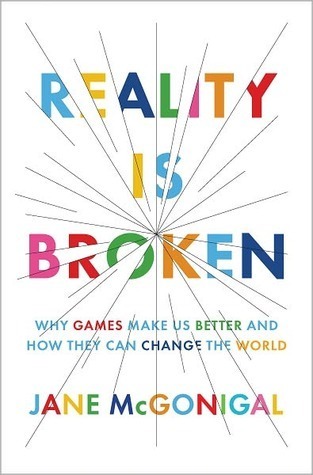
Everything Bad is Good for You: How Today's Popular Culture is Actually Making Us Smarter
Book Description
What if everything you thought about popular culture was wrong? In "Everything Bad is Good for You," Steven Johnson shatters the stereotype of mindless entertainment, revealing how video games, reality TV, and even the complexities of modern narratives are sharpening our minds and enhancing our cognitive abilities. With each flicker of a screen, we're not just passive consumers; we're engaged problem solvers, thinkers, and innovators. As entertainment grows more intricate, so do our skills. Are we ready to embrace a new understanding of intelligence in an age of distraction, or will we cling to outdated beliefs about what makes us smart?
Quick Book Summary
In "Everything Bad is Good for You," Steven Johnson flips the conventional narrative about modern popular culture, arguing that video games, television, and digital media are not mere distractions but tools that actually boost cognitive skills and intelligence. Johnson supports this stance with analysis showing how the increasing complexity and layered nature of contemporary entertainment demand more from our brains, improving skills like pattern recognition, problem-solving, and critical thinking. By exploring the concept of the "Sleeper Curve"—the idea that popular culture is becoming more intellectually demanding—Johnson challenges assumptions about media’s detrimental effects. The book suggests that, rather than making us dumber, our favorite forms of entertainment may be critical drivers of mental development in the information age.
Summary of Key Ideas
Table of Contents
The Cognitive Benefits of Video Games
Johnson begins by challenging the prevailing belief that video games and modern entertainment are intellectually regressive. On the contrary, he proposes that video games build advanced skills such as strategic thinking, resource management, and pattern recognition. Players are forced to learn complex rules and systems, adapt to changing situations, and explore problem-solving techniques through trial and error. These abilities can transfer into real-world contexts, illustrating how interactive media can be more mentally stimulating than passive cultural forms.
The Sleeper Curve in Modern Media
Next, Johnson introduces the concept of the "Sleeper Curve" — a counterintuitive trend where popular culture becomes increasingly complex and intellectually challenging over time. By comparing older and newer examples of TV shows, films, and games, he points out that today's narratives require audiences to process intricate relationships and layered storylines. This surge in cognitive demands strengthens our reasoning abilities and encourages viewers and players to pay closer attention, follow multiple narrative threads, and infer information not explicitly stated.
Complexity and Engagement in Television Narratives
Johnson then examines television as a surprising source of rising mental engagement. Whereas traditional sitcoms and dramas favored simple, linear stories, contemporary "quality TV" features multi-threaded plots and morally ambiguous characters. Viewers must actively work to piece together complex story arcs, understand social dynamics, and anticipate developments. Reality TV, while often dismissed, also encourages viewers to analyze strategies, motivations, and alliances — requiring skills akin to those honed in strategic games.
Redefining Intelligence for the Information Age
A significant part of Johnson’s argument involves redefining what constitutes intelligence in the digital era. With so much focus on content, critics often ignore the cognitive processes involved in understanding modern media. Rather than memorizing facts, viewers and players now exercise pattern recognition, resourcefulness, and adaptive thinking. Johnson contends that effective intelligence in a media-rich world encompasses these abilities, and that exposure to sophisticated narratives and systems prepares us for the demands of a complex, interconnected society.
Popular Culture as a Tool for Learning
In conclusion, Johnson encourages readers to revise their assumptions about leisure and learning, recognizing the intellectual value embedded in popular culture. Modern entertainment, far from being mindless, has evolved into a powerful vehicle for training and developing the brain. As we continue to immerse ourselves in layered, participatory media environments, we are not escaping from active thought — we are, in fact, exercising the very cognitive muscles most necessary for success in today’s world.
Download This Summary
Get a free PDF of this summary instantly — no email required.





